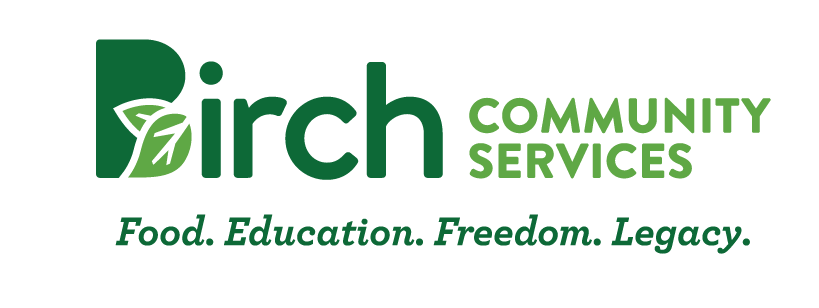Green foods get their color from a pigment called chlorophyll, which enables plants to make their own food from sunlight. Chlorophyll, glucosinolates, lutein, and zeaxanthin are some of the beneficial nutrients you’ll find in green foods that have been studied for their health-promoting effects, especially when it comes to detoxification, eye health, and cardiovascular health. To read more about rainbow nutrition, see previous posts here, here, and here.
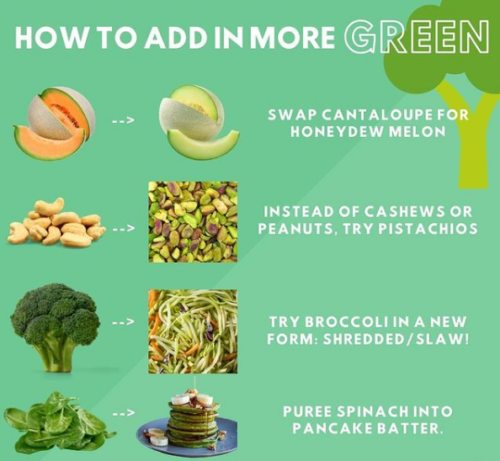
Chlorophyll
- Chlorophyll is concentrated in spinach, green beans, turnip greens, broccoli, parsley, and wheat grass. Seaweed and algae are also great sources of chlorophyll, such as chlorella (a freshwater algae) and spirulina (a saltwater algae).
- This pigment has the ability to bind to toxins and aid detoxification. It’s also a great source of magnesium!
- Leafy greens like spinach, collard greens, and kale are also good sources of carotenoids, but the chlorophyll in these vegetables hides the yellow-orange pigment.
- This pigment is fat-soluble, meaning you need to consume a little fat along with it in order to get the benefits.
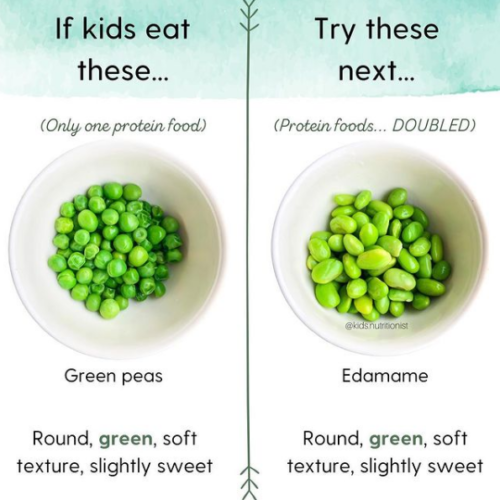

Glucosinolates
- Glucosinolates are commonly found in cruciferous vegetables like cabbage, Brussel sprouts, kale, broccoli, cauliflower, kohlrabi, mustard greens, bok choy, turnips, horseradish, and watercress.
- Glucosinolates turn into isothiocyanates when chopped, chewed raw, or exposed to our beneficial gut bacteria. This conversion is inhibited by cooking, so next time you roast your broccoli try taking them out of the oven when they still have some crunch. Steaming is another great alternative.
- This powerhouse nutrient has captured the attention of researchers for its ability to support detoxification, reduce cancer risk, and lower cholesterol levels.
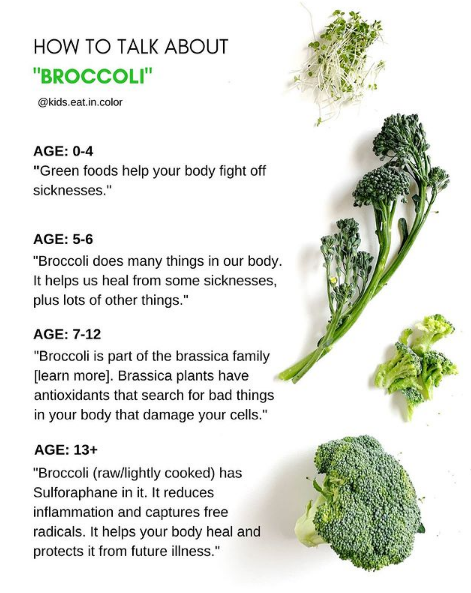

Lutein & Zeaxanthin
- Foods rich in lutein and zeaxanthin include many of the cruciferous veggies previously mentioned, in addition to peas, spinach, and some non-green foods like egg yolks, tangerines, and orange sweet peppers.
- These nutrients are known for eye health, effectively reducing rates of age-related macular degeneration.
- Lutein and zeaxanthin are also helpful for cardiovascular health and stroke.
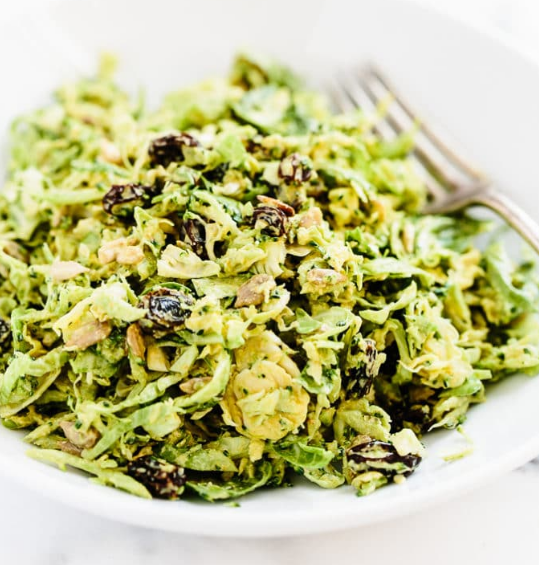

Recipes
A great way to get some raw cruciferous veggies in your diet is turning them into a salad or slaw. This recipe for Curried Broccoli & Brussels Slaw from Blissful Basil is a tasty number made easy with the help of a food processor. Tip: don’t throw out your broccoli stems! Peel away the outer, fibrous layer to get more of the green goodness per pound for your money.
Bagged shredded veggie mixes can be a fantastic time-saver. Next time you grab one, consider using it as a base for a recipe and making your own dressing to go along with it. This example from Bites of Wellness combines a pre-shredded cruciferous salad mix with a tangy lemon tahini dressing.
Did you know you can make a pesto with dark leafy greens? Trust me, it’s a game-changer when your garden basil decides that it doesn’t want to grow this year. This recipe for Kale Pesto from Cookie and Kate sets you up for a delicious pasta dinner that you can customize to your heart’s content. Try substituting 1 TBSP of nutritional yeast for the grated parmesan, or using pumpkin seeds instead of nuts.
